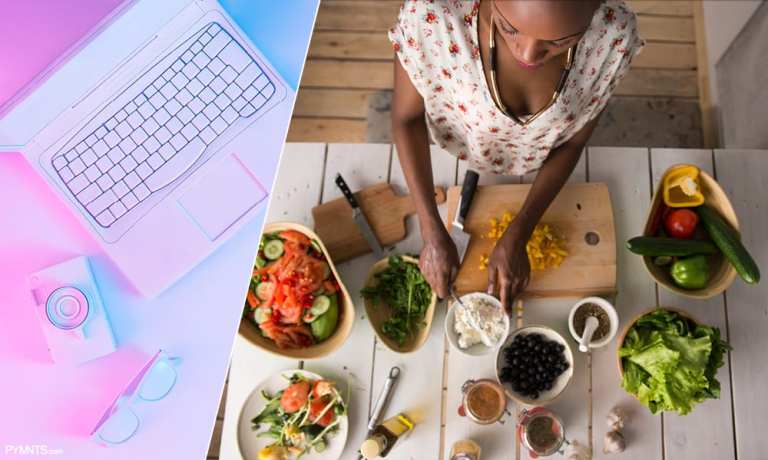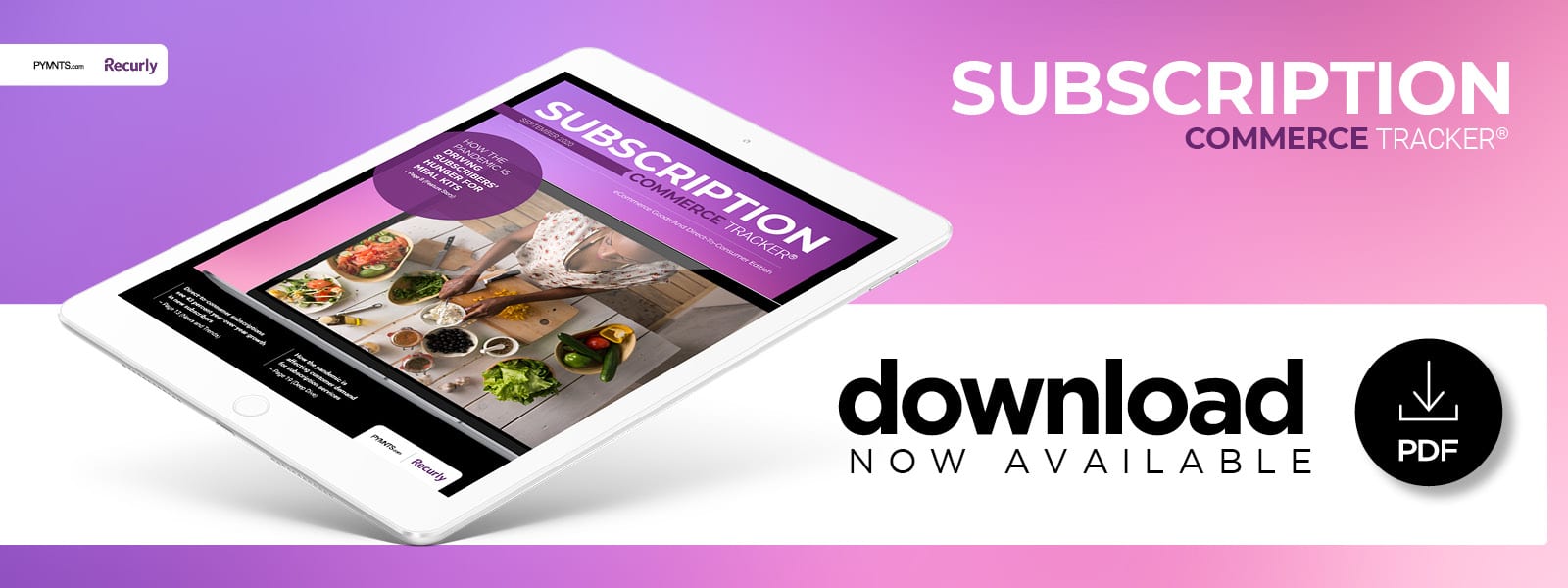Report: How The Pandemic Stirred An Appetite For Meal-Box Subscriptions

Subscription commerce is giving consumers a sense of stability during an increasingly chaotic year.
Customers who are staying at home and seeking low-contact, remote ways to shop during the pandemic also seem to be craving the reassurance of having essential items arrive at their doorstep on regularly scheduled bases. This appears to be driving an uptake in subscription plans for daily goods.
This trend is also emerging as many consumers are bypassing third-party marketplaces for their purchasing and turning to direct-to-consumer (D2C) options instead. A recent survey of 2,200 U.S. shoppers found that half had used online D2C channels to secure consumer pac kaged goods, for example.
kaged goods, for example.
New shopping behaviors developed to cope with the pandemic have plenty of time to become ingrained as the virus continues to postpone a resumption of normal society. Consumers who have adopted D2C subscriptions to get their core needs met during the crisis may become so accustomed to these services that they stick with them even after the pandemic ends.
The September Subscription Commerce Tracker®: eCommerce Goods And Direct-To-Consumer Edition examines the rise of D2C consumer goods subscriptions and the factors that keep subscribers loyal.
Around The Consumer Goods And D2C Subscription Landscape
Shoppers’ focus on ensuring they can maintain a reliable supply of basic goods has led to a rising demand for pet goods subscriptions. Super Chewer — a D2C dog chew toy brand under parent company Bark — saw enrollments grow during the beginning of the pandemic, for instance. Not all sectors have fared equally well, though, with apparel box subscriptions losing business as many customers no longer need new clothes for the office or social occasions.
Consumers who are staying at home more have shown significant new interest in meal kit and prepared meal subscriptions, however. A recent U.S. consumer survey found shoppers were spending more on subscriptions for these kinds of products than for other categories, with meal boxes averag ing $74 each.
ing $74 each.
Some D2C brands are facing struggles distinguishing themselves from the pack. Normally they might open brick-and-mortar locations to increase their brands’ visibilities and deliver expanded customer services, but low foot traffic levels during the pandemic make this less of a reliable investment. Some instead are now looking to host popups to gain brand awareness while avoiding major real estate investments.
Find more about these and the rest of the latest headlines in the Tracker.
How The Pandemic Is Driving Consumers’ Demands For Meal Kits
Consumers who are staying at home during the pandemic and looking to make their lives a bit easier are turning to meal kits en masse. Companies are seeing new enrollments ramp up and existing customers upgrade their plans to order larger meals and with more frequency, according to the Martha & Marley Spoon and Dinnerly’s U.S. CEO Julie Marchant-Houle. In this month’s Feature Story, Marchant-Houle explains what it takes to keep subscribers loyal during and long after the pandemic.
Find the full story in the Tracker.
Deep Dive: How Subscription Companies Are Leverag ing Pause Options To Retain Customer Loyalty
ing Pause Options To Retain Customer Loyalty
The subscription commerce market has been better shielded from the disruptions that hit brick-and-mortar retailers but still must find ways to appeal to customers who are shorter on cash during the economic downturn. Many subscription companies are rallying by promoting options that let consumers pause their subscriptions in the hopes of discouraging them from canceling outright. This month’s Deep Dive examines how pause features can prevent churn and help retain customers.
Download the Tracker to read more.
About The Tracker
The Subscription Commerce Tracker®, done in collaboration with Recurly, details how the pandemic is leading to a rise of direct-to-consumer subscriptions for core household goods.
